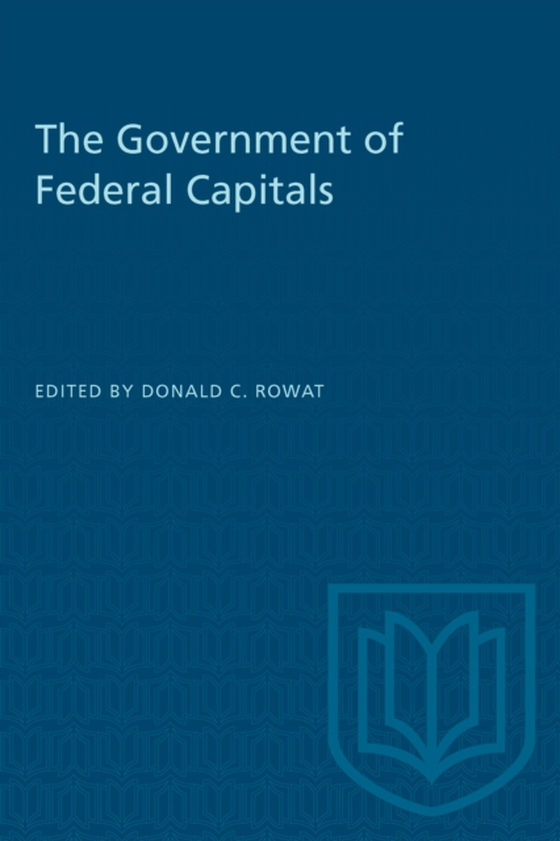
Government of Federal Capitals e-bog
322,59 DKK
(inkl. moms 403,24 DKK)
Every federal country faces a difficult problem in deciding how its national capital should be governed because of the complex conflicts of interest between the central government, the state governments, and the residents of the capital city. The central government wishes to control and develop the capital in the interests of the nation as a whole, while the people of the city naturally wish to...
E-bog
322,59 DKK
Forlag
University of Toronto Press
Udgivet
15 december 1973
Længde
396 sider
Genrer
Comparative politics
Sprog
English
Format
pdf
Beskyttelse
LCP
ISBN
9781487583637
Every federal country faces a difficult problem in deciding how its national capital should be governed because of the complex conflicts of interest between the central government, the state governments, and the residents of the capital city. The central government wishes to control and develop the capital in the interests of the nation as a whole, while the people of the city naturally wish to govern themselves. Federations have tried to solve this problem in different ways. Some, like Canada, Switzerland, and West Germany, have given the capital no special constitutional status. Others, such as Australia, India, and the United States, have created a separate federal district for the capital. In Austria and Nigeria the capital area has been given the full status of state. Few federations however are satisfied with the way their capital is governed, and they have much to learn from each other. This volume, the first study of its kind, fills a serious gap in the literature on comparative federalism. It draws together essays by experts on each of the seventeen countries with federal constitutions: Argentina, Australia, Austria, Brazil, Cameroon, Canada, India, Malaysia, Mexico, Nigeria, Pakistan, Switzerland, the USA, the USSR, Venezuela, West Germany, and Yugoslavia. Because of language barriers and the paucity of writing on this subject, all of these essays make original contributions to the published literature in English, and many of them provide the fullest information available. Two central questions have been used as a framework for the volume: should the capital of a federation be governed as a separate federal district? and how much self-government should be given to the residents of the capital area? The essays throw much light on the answers to these difficult questions, and the editor discusses them fully in his conclusion. The book includes a comprehensive bibliography of materials in English and other languages, and a valuable comparative chart of information on all federal capitals. This comprehensive study will be an invaluable source of information and ideas for students of politics and comparative government, and for any citizen of a federal country interested in how his capital should be governed.
 Dansk
Dansk

